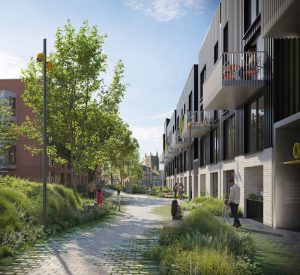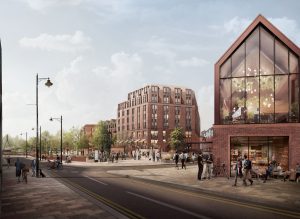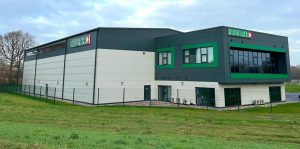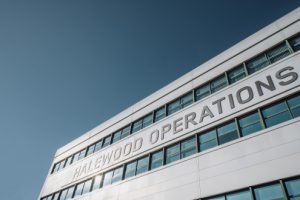Brexit uncertainty continues to depress rural land deals

Demand for farmland across the West Midlands is continuing to soften across both mixed use and commercial sectors, according to a new study.
The RICS/RAU Rural Land Market Survey H1 2017 shows the trend evident over the past two years continuing.
The organisation said its members continued to cite the lack of clarity over the post-Brexit landscape as the reason for the negatively impacting the market.
Breaking it down, RICS said anecdotal evidence suggested demand for higher quality land remained stronger in comparison, while purchasers were more selective when it comes to lower grade farmland.
Coupled with falling demand, there has been a fall in the availability of mixed use and commercial farmland for the second period in succession. In spite of tightening supply conditions nationally, the recent drop-off in demand is still placing some downward pressure on prices.
In the first six months, the transaction-based measure of farmland prices nationally, edged lower for a third consecutive report to stand at £9,936 per acre. This measure has slipped by around 9% based on the year-on-year data.
Looking ahead, RICS said those responding to the survey expected prices to remain flat for the coming twelve months.
This represents the least negative reading since 2015 and the price expectations have turned progressively less pessimistic in each of the last three reports.
The latest results point to a recovery in average arable land rents in H1 across the West Midlands.
During the first half of 2017, rents remain 11% down on their 2014 peak. At the same time, average pasture land rents also recovered through the first part of 2017, leaving them up higher than a year ago.
Most purchases continue to made by individual farmers, with just 10% of purchases being made by ‘lifestyle’ buyers.
Investments from agricultural businesses and institutional investors both accounted for just under 20% and 10%, respectively.
Jason Beedell, partner at Strutt & Parker, said: “Farmland prices have fallen from their peak in late 2014 /early 2015 due to weaker demand from farmers, who are the main buyers of farmland. However, the average hides a great variation in prices, for example from £7,000 to well over £10,000 per acre for arable land.
“Prices depend on the quality of the land but also on, in many cases more significantly, whether there are acquisitive local farmers and investors, who are often looking to roll-over funds from the sale of residential development land. Where there is strong local interest, buyers are paying similar prices to the peak; elsewhere, land is struggling to attract interest and sell.
“Because of this, more land is being tested ‘off the market’, with neighbours or known active buyers, rather than being formally advertised and put ‘on the market’.”
He said the appointment of Michael Gove as Secretary of State for Environment, Food and Rural Affairs had been generally welcomed, but the farming sector, like other industries, wanted long-term stable policies on which investment could be planned.
Christopher Templar, of Midlands-based agency Bletsoes, cadded: “For the Midlands it is all about location, location, location. Farms near affluent towns and villages continue to sell well, as there are plenty of buyers for them. Conversely, isolated farms are proving more difficult to sell. As they often only appeal to farmers; often they are reliant on finance, and the banks appear to be taking a more cautious approach.”









